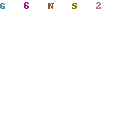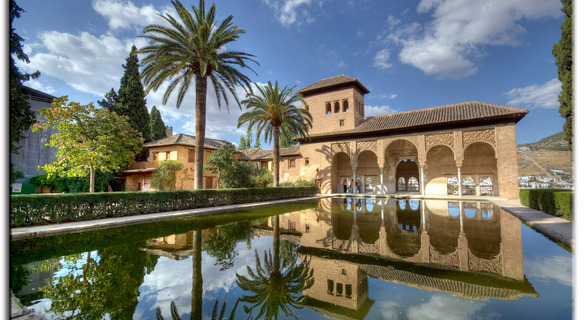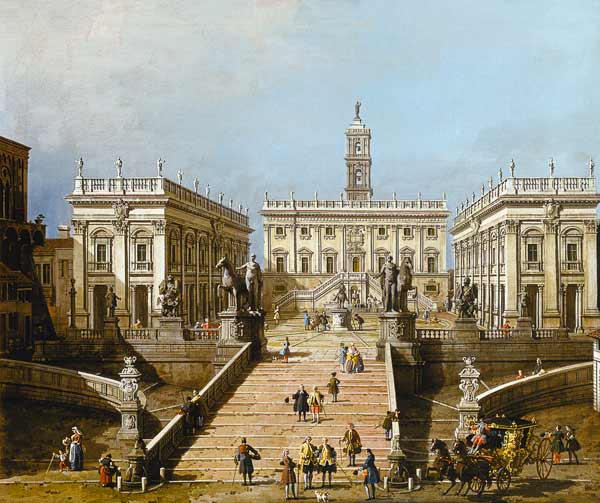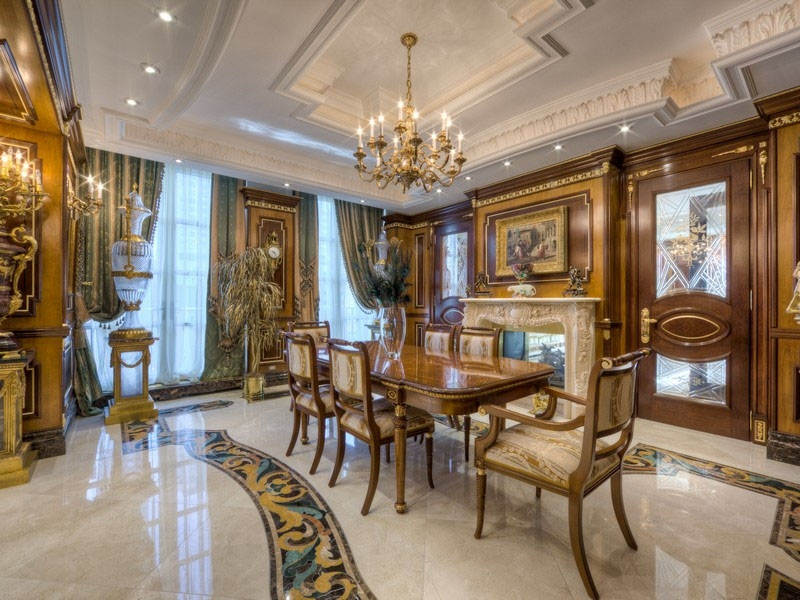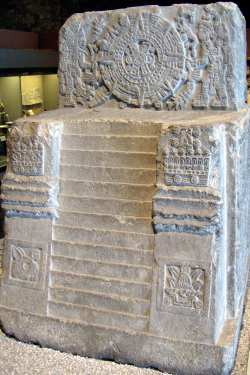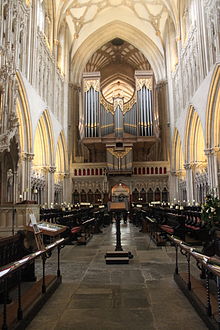Historical both France and the United States overthrew their monarchs; because of this, they n now wanted a democracy. The idea of a neoclassicism represented their political aspirations. An important document, where we see the shift from a monarch to a democracy was the Declaration of Independence in 1776. This was the beginning of American architecture and design. Federal Neoclassical was were we start to really see characteristics of American design. This characteristics include armrest being curved/ straight legs on chairs, and daybeds being popular. Duncan Phyfe a Scotman who was best known for the Regency Empire was very influential during this time. He specialized in daybeds and used metal claw tips on table legs. The characteristics of his style in this period were rolled backs, sofas having rolled ends, lyre motif and cornucopia leg.
Duncan Phyfe Sofa
Other influential furniture pieces during the Federal Neoclassical period was the Hitchcock chair. Another design style that came about was the Shaker. This style valued political and religious freedom. Characteristics of this style was that everything had two, for example there were two entrances, stairways and even sleeping quarters for men and women. This style was elegant yet simple. Cast iron stoves were used and chairs included a ladder back.
Shaker Style Chair
As time goes, change also occurs such as machine production. Machines were able to create great proportions, details, and embellishments. Machines were able to combine different styles in a single furniture piece. From this came about the Victorian period. The Victorian period architectural were elaborate, romantic and emotional. Architecture and design in many ways defined an individuals social class. Homes during this period were room and included lots of small rooms because everything was still two. Each room had its function, this rooms included dark heavy drapery, dark wood and dark floors. Where as the exteriors of these homes were painted in bright colors. Whenever I think of the Victorian period, I think of the David Davis Mansion, which is a great example for the Victorian Period.
David Davison Mansion
In general, I really enjoyed looking at this period because, I know what is to come after this period because I took History II first. So its pretty cool to see how design has changed and is continuing to change. Can't wait to see the future of interior of design and the history we are making!
Current Applications
I thought that these were good examples of modern day Victorian style interiors, because they are very elegant and have a feminine touch to them.
Peer Review
I reviewed Shannon and Alexandra Blog's.
Shannon did a great job at explaining the American period. I liked how she started by giving background information about the history of the period. I also liked how she focused on Duncan Phyfe- I liked the sourced pictures of his couch from the American period as well as finding the modern pictures of the same couch with a fun, bright twist!
Alexandra did an excellent job at describing the characteristics of the furniture during this period. Her current applications were also great because you can tell the connection to the American period in the 1800's!
Video
www.youtube.com/watch?v=sbkl2huJyqQ
This was a great video giving ideas on how to design a house in a Victorian Style Period way!













